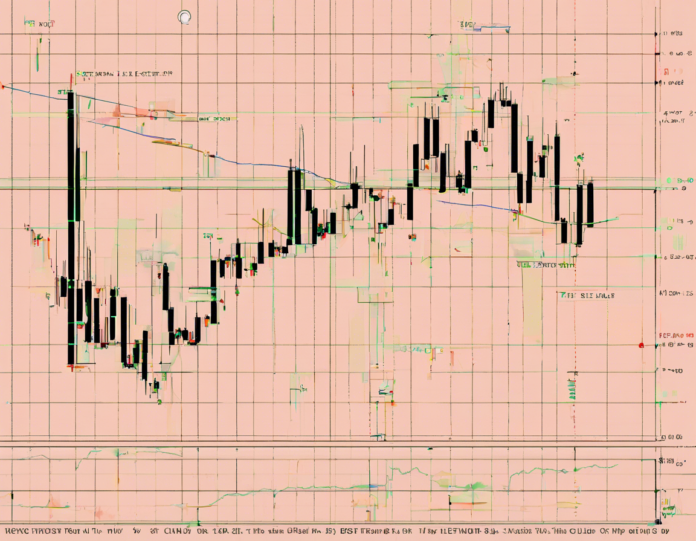Are you a trader looking to enhance your technical analysis skills and incorporate advanced chart patterns into your trading strategy? If so, the 91 Club chart pattern is a powerful tool that can help you identify potential trend reversals and make informed trading decisions.
Understanding the 91 Club Chart Pattern
The 91 Club chart pattern is a rare but highly reliable formation that signifies a potential reversal in the current trend. This pattern is characterized by a series of price movements that create a distinct “91” shape on the price chart. The pattern consists of a sharp decline followed by a gradual recovery, forming the numerical shape “91” when plotted on the chart.
How to Identify the 91 Club Chart Pattern
To spot the 91 Club pattern, traders should look for the following characteristics:
-
Sharp Decline: The pattern begins with a sharp and sustained decline in price, indicating strong selling pressure in the market.
-
Gradual Recovery: Following the decline, there is a gradual recovery in price as buyers start entering the market and pushing the price higher.
-
Formation of “91” Shape: When plotted on the chart, these price movements form a distinct “91” shape, with the initial decline followed by a gradual recovery resembling the numerical pattern.
Trading the 91 Club Chart Pattern
Trading the 91 Club pattern involves entering a trade when the pattern is confirmed, typically after the price breaks out above the resistance level that forms the top of the “91” shape. Traders often use additional technical indicators such as moving averages, RSI, or MACD to confirm the signal and manage risk effectively.
Key Takeaways
- The 91 Club chart pattern is a rare but powerful formation that can signal potential trend reversals.
- Traders can use this pattern to identify buying opportunities after a period of sustained selling pressure.
- Confirming the pattern with additional technical indicators can enhance the accuracy of trading signals.
Common Mistakes to Avoid
- Overlooking Confirmation: Failing to wait for confirmation of the pattern breakout can lead to false signals and potential losses.
- Ignoring Risk Management: Proper risk management is essential when trading any pattern to protect against unexpected market movements.
FAQs (Frequently Asked Questions)
1. What makes the 91 Club chart pattern unique?
The 91 Club pattern stands out due to its distinct “91” shape formed by a sharp decline followed by a gradual recovery, indicating a potential trend reversal.
2. How reliable is the 91 Club pattern in predicting price movements?
While no pattern is foolproof, the 91 Club pattern is considered highly reliable by traders when confirmed with additional technical analysis tools.
3. Can the 91 Club pattern be applied to different time frames?
Yes, the 91 Club pattern can be identified on various time frames, from intraday charts to daily and weekly charts, providing trading opportunities across different horizons.
4. What are potential entry and exit strategies when trading the 91 Club pattern?
Traders often enter a trade after the pattern breakout above the resistance level and set stop-loss orders below the recent swing low to manage risk effectively.
5. Are there any variations of the 91 Club pattern that traders should be aware of?
While the classic 91 Club pattern is well-defined, variations may occur, such as a “double 91” pattern where the price forms two consecutive “91” shapes, signaling prolonged consolidation before a potential reversal.
In conclusion, mastering the 91 Club chart pattern can give traders a valuable edge in the market by identifying key reversal points and generating profitable trading opportunities. By understanding the characteristics, identification process, and trading strategies associated with this pattern, traders can enhance their technical analysis skills and optimize their trading performance.
